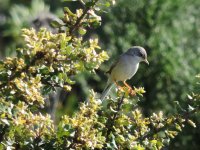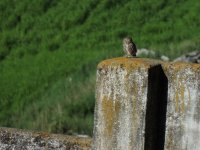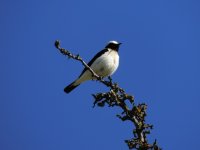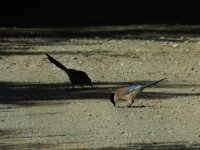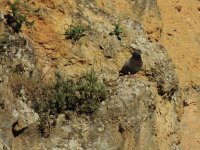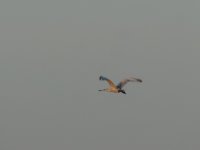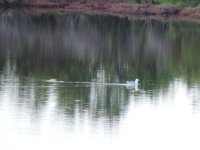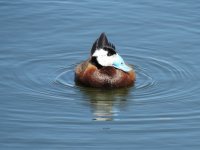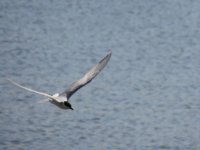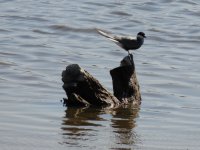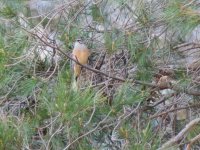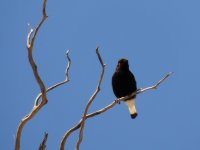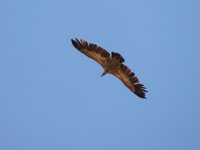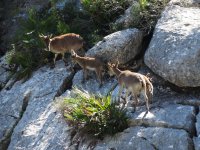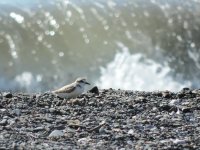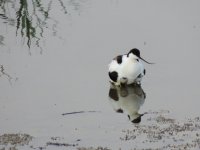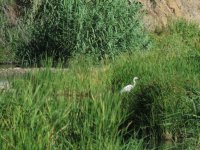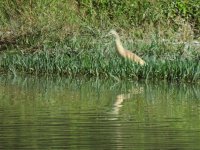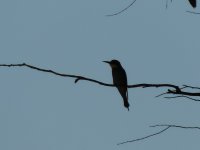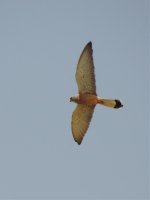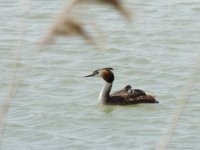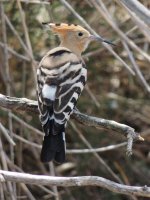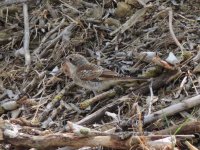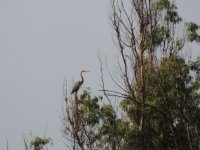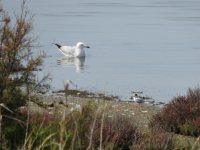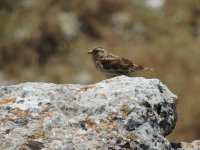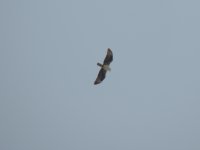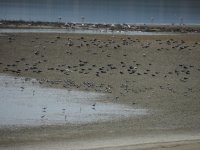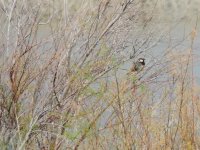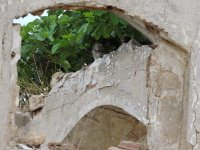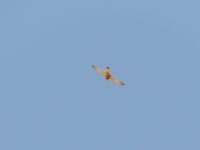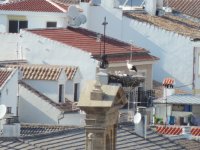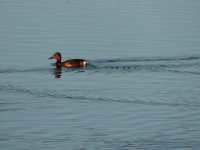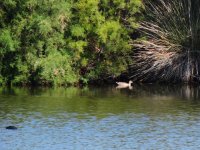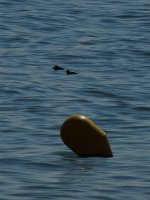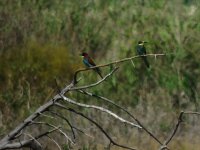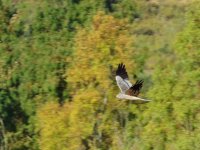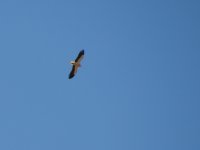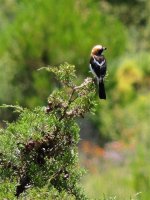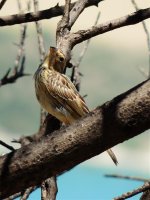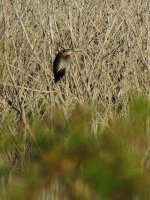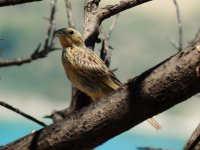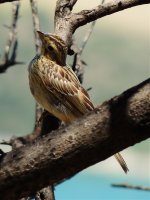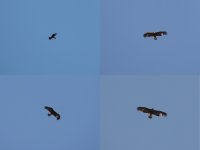Luis Alberto BIRDAYTRIP
Well-known member
2014.04.30 Birding with Bruce and Janet (Part III: El Torcal)
Lovely spring day at this full of surprises magical site...
After two pretty intense birding days, Bruce and Janet preferred not to get to the site early enough to say hello to the Little Owls, but they (the Little Owls), did not want to miss welcoming our visitors to El Torcal.
And then we started a very entertaining day with some new birds for Bruce and Janet like Black Wheatear, Iberian Chiffchaff, Spectacled Warbler, Thekla Lark, Black Redstart, Blue Tit, Rock Sparrow, Linnet and Subalpine Warbler.
We could also have nice views of Blue Rock Thrushes, Black-eared Wheatears, Wrens, Choughs and Melodious Warblers amongst 32 species in total.
Black-winged Kites, Purple Swamphens, Bonelli’s Eagles, Redstarts and Egyptian Vultures are their reasons to come back.
Nice birdaytrips!!!
Lovely spring day at this full of surprises magical site...
After two pretty intense birding days, Bruce and Janet preferred not to get to the site early enough to say hello to the Little Owls, but they (the Little Owls), did not want to miss welcoming our visitors to El Torcal.
And then we started a very entertaining day with some new birds for Bruce and Janet like Black Wheatear, Iberian Chiffchaff, Spectacled Warbler, Thekla Lark, Black Redstart, Blue Tit, Rock Sparrow, Linnet and Subalpine Warbler.
We could also have nice views of Blue Rock Thrushes, Black-eared Wheatears, Wrens, Choughs and Melodious Warblers amongst 32 species in total.
Black-winged Kites, Purple Swamphens, Bonelli’s Eagles, Redstarts and Egyptian Vultures are their reasons to come back.
Nice birdaytrips!!!




